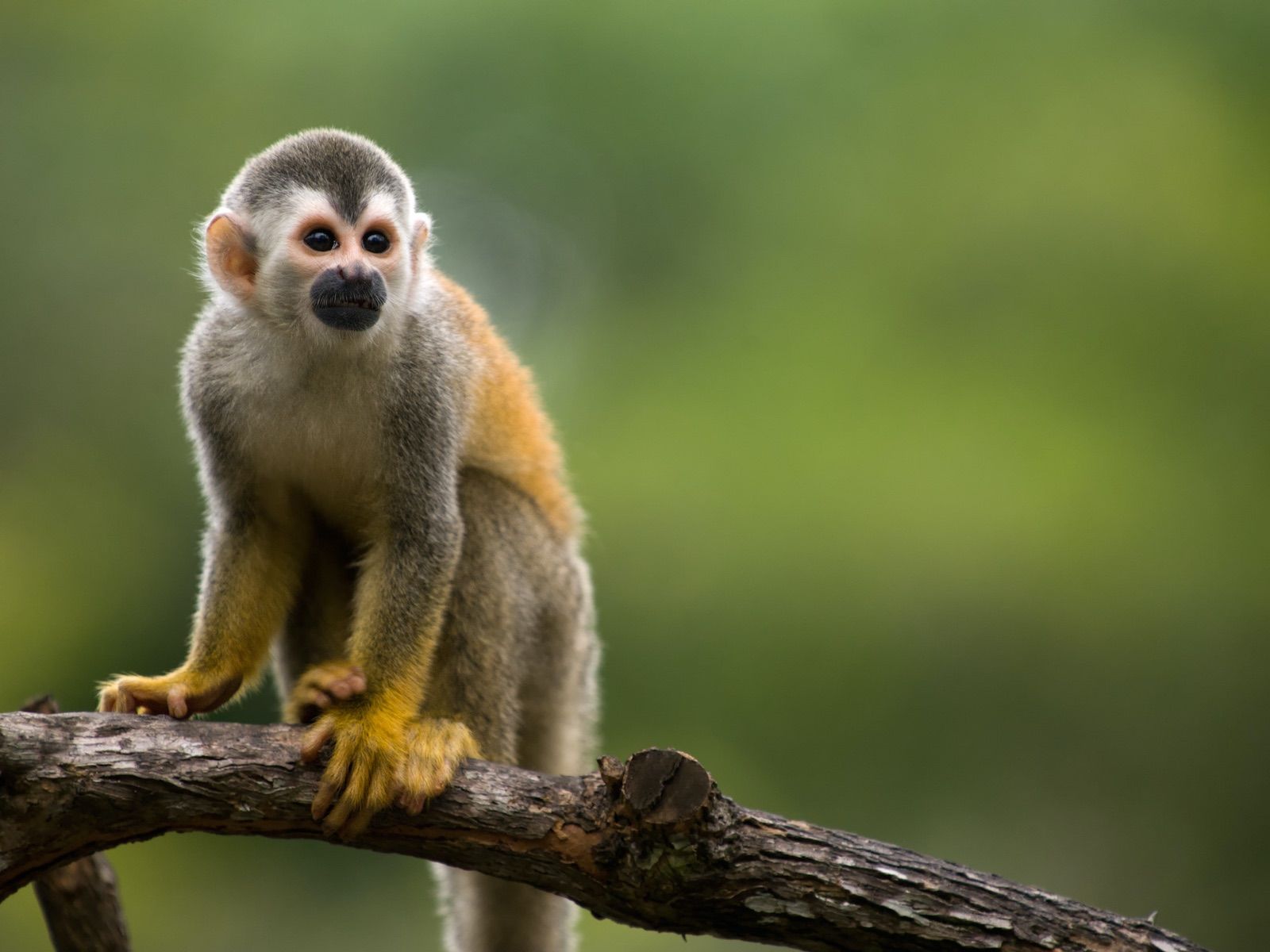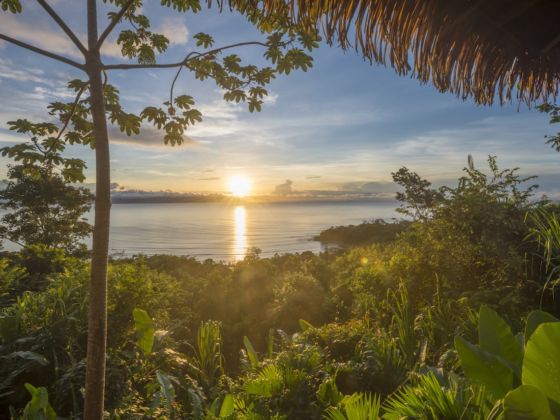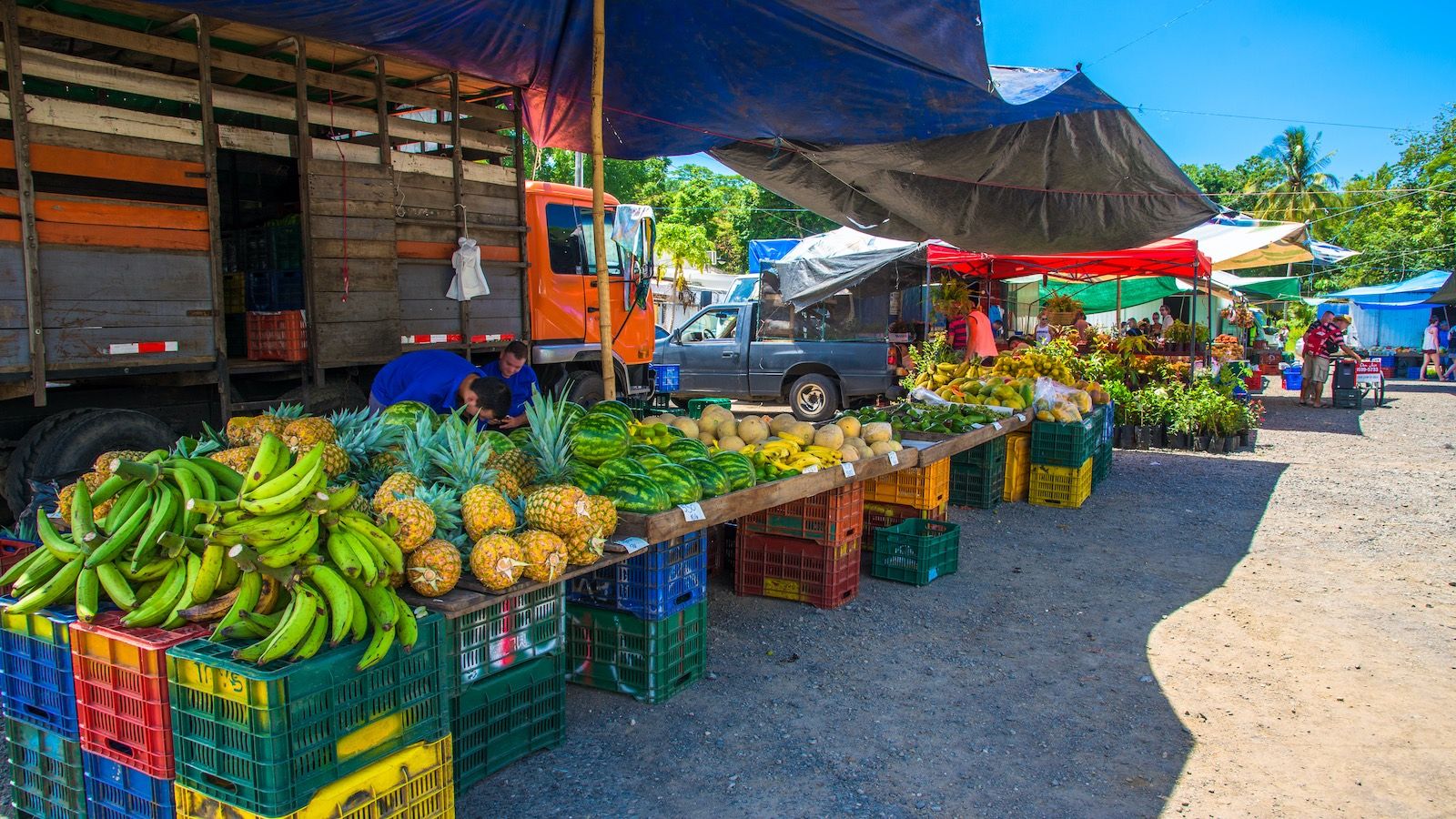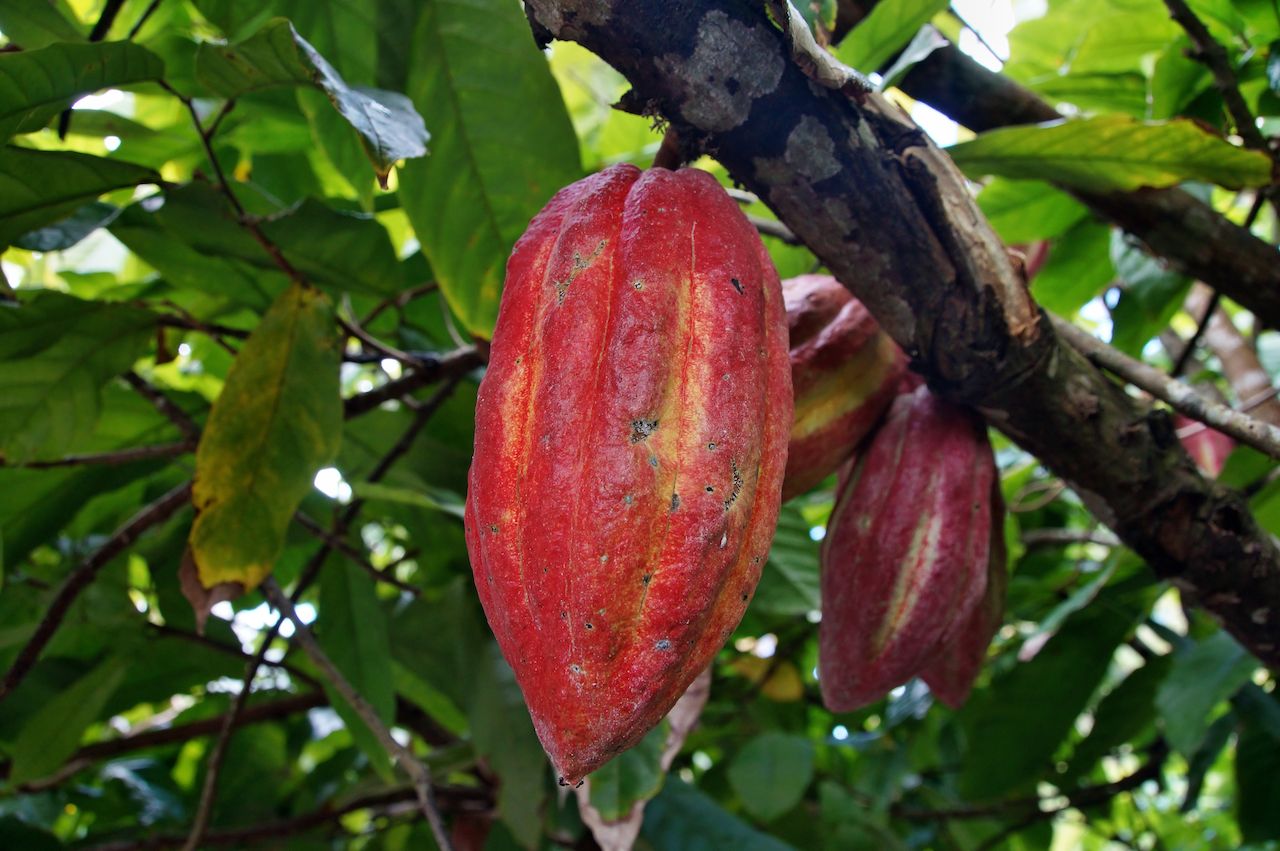Sure, you’ve heard the phrase “pura vida” thrown around in regards to Costa Rica, but you might not fully get it…yet. Translated directly from Spanish, it means “pure life,” but there’s a lot more contained in these two little words than that. Every Tico (aka, Costa Rican) you’ll meet will have a slightly different way of looking at it, but essentially “pura vida” represents a philosophy of enjoying life to its fullest — at a slow pace, so you can be present in every moment.
The words are used as a greeting, a farewell, an exclamatory remark to express gratitude or satisfaction…we’re practically talking about a belief system here. Take it as a constant reminder to relax and de-stress — and in Costa Rica, you have options. Here are the best ways to take care of your body, mind, and soul, and — even in the age of digital distraction — stay in the moment.
1. Sampling your way through Costa Rica’s hundreds of different fruits and vegetables
Costa Rica is made up of not quite 20,000 square miles of rainforest, mangroves, cloud forests, and coastline — we’re talking 12 different climate zones in a fairly small package. Hundreds of different fruits and vegetables grow here, meaning jugos naturales (fruits blended with milk or water) are always in constant supply, and markets are packed with fresh fruits and veggies waiting to be used in a traditional Tico recipe.
You’ll find plenty of the usual suspects — papaya, banana, pineapple, even passion fruit — but don’t leave without trying some of the lesser known specimens, too. Take the cashew fruit, a cousin of the mango often featured in a lemonade-like drink. Or the pejibaye, an orange vegetable with black stripes, traditionally used by the country’s indigenous cultures (you can’t eat it fresh, but look for pejibaye cooked with mayonnaise — it’s seriously good).
2. Soaking in volcanic mud
The waters of Costa Rica’s hot springs flow straight from its many volcanoes, so they’re rich in minerals and accompanied by plenty of glorious volcanic mud. Bathing in these mixtures is a tradition that goes back centuries. The mud is packed with sulfur, zinc, and magnesium, all of which are said to have serious health benefits. Zinc and magnesium can alleviate skin and joint inflammation, and sulfur has been used to treat skin irritation (some also say it slows the aging process).
You’ll find hot springs all over Costa Rica, but one of the best places to look is near Rincón de la Vieja in Guanacaste. It’s the largest and most active volcano in the province, reaches 6,286 feet above sea level, and is home to no fewer than nine craters. The volcano is closely monitored to ensure visitors stay safe, so the only thing you need to worry about is bringing your suit and finding as many hot springs as you can.
3. Learning about cacao through traditional ceremonies
The cacao bean is full of magnesium, calcium, and antioxidants and is widely believed to be good for your heart. To experience its healing effects firsthand, you could just buy a bag (look for it at most markets around the country). But it’s way more rewarding to take part in a cacao ceremony, where you’ll sit in a circle with other cacao-devotees while a guide passes around a ceremonial drink made by boiling and straining cacao beans. Then comes the good part — be prepared for chanting, singing, instruments, positive affirmations, and lots of reflection. The end result? A feeling similar to what you get from a relaxing meditation session…combined with the buzz of a really great cup of coffee. Basically, it’s cloud nine.
4. Namaste-ing with the best of them
Yoga is perhaps the perfect physical manifestation of pura vida. It demands a focus on the present moment, as you direct both mental and physical energy to hold each pose. It also teaches respect for one’s body and the surrounding environment. Few activities are more “Costa Rica,” and as a result, there are so many yoga retreats and classes here that you don’t necessarily need to book ahead — you can scope them out once you arrive. Puntarenas, Montezuma, Tamarindo, Santa Teresa, Nosara, and Puerto Viejo in particular are hot spots.
Retreats are usually multi-day, or even multi-week. Expect to not only do a ton of yoga, but also meditate, attend lectures, and have organic meals prepared for you each day. If you don’t want to commit to a retreat, you can attend a class or book a private session with an instructor. There are plenty of studios around, but classes are also held outside, including on the beach.
5. Experiencing a volcanic stone treatment
Stone massages are one of the most popular spa treatments in Costa Rica, wherein black volcanic stones — perfect for retaining heat — are warmed and placed on your bare skin. The stones are typically heated in water that’s between 120 and 150° F, and a masseuse will use them in conjunction with a massage. The heat expands your blood vessels, promoting circulation; combined with the weight of the stones, it has the effect of sending you into deep relaxation mode.
Pro tip: Montezuma is known for its spa treatments — especially because you can get them oceanside!
6. Simply watching the sun go down

Photo: Visit Costa Rica
Sunsets in Costa Rica are glorious any time of year, but the most beautiful tend to fall around the end of April or beginning of May, when the dry-weather season ends and the early-summer rainfalls begin. The quality of a sunrise or sunset depends on how clean the air is, and the first rains clear out any lingering particles in the atmosphere. The result? The sun’s colors burn all the more brightly.
Playa Tamarindo is one of the better spots to watch the sun bow out for the day, where long stretches of water make for a perfect mirror image. For a more secluded spot, try Playa Junquillal. Because it’s near the equator, Costa Rica typically sees the sun set around 5:30pm — make sure to check for the exact time so you don’t miss it.
7. Casting a line into the open water
Costa Rica may be small, but it’s sandwiched between two coasts, and the land is a giant network of rivers and lakes. Essentially, it has access to both sides of the world — if you haven’t fished before now, you were probably just waiting until you were here. Most pros say the Pacific is marginally better, as it’s famous for blue and black marlins, sailfish, and dorados, and the season is almost all year long, running November to September.
On a sport fishing charter, you’ll be out on the open ocean, gently rocking in the waves, taking in the sunset between casts. (At least, if you hit the right place, like the waters around Quepos and Manuel Antonio.) It’s going to be a workout when you actually get one on the line, but there are few things more primal and rejuvenating than wrangling in a fish yourself.
8. Staying at an eco-lodge
Costa Rica is recognized worldwide as a pioneer in sustainability. This is the birthplace of the Certification for Sustainable Tourism Program, the UN-approved system that rates businesses on their management of social, cultural, and natural resources. The whole point is to push businesses (and tourists) to make decisions based on their environmental footprint.
Thanks to the country’s emphasis on sustainability and ecotourism, eco-lodges are popping up everywhere. Many are built from recycled construction materials (think wood from naturally downed trees), and they’re usually powered by solar and/or other renewables. Locations tend to be out-of-town, in forests, valleys, up in the mountains, or next to volcanoes, but for every far-flung forest-top hut, there’s an easier-to-get-to option, too.
9. Walking your way to relaxation through one of the world’s best animal parks

Photo: Shutterstock/Buteo
Manuel Antonio National Park is small in size for a national park — at 7.66 square miles, it’s the equivalent of about six Central Parks — but it more than makes up for it with its biodviersity. More than 100 species of mammals and nearly 200 species of birds call this Pacific paradise home.
There are several trails to explore, but the main one is Punta Cathedral. Stop at any of the viewpoints and try to spot as many animals as you can — like the endangered mono tití monkey (that can only be found in Manuel Antonio and Corcovado) and the Dios-te-dé toucan. You’ll want to begin as close to the start of the day as possible to catch the rainforest inhabitants just as they’re waking up. And after your hike, simply plop down on one of the park’s four beaches and soak up some vitamin D. Now that’s pura vida.



